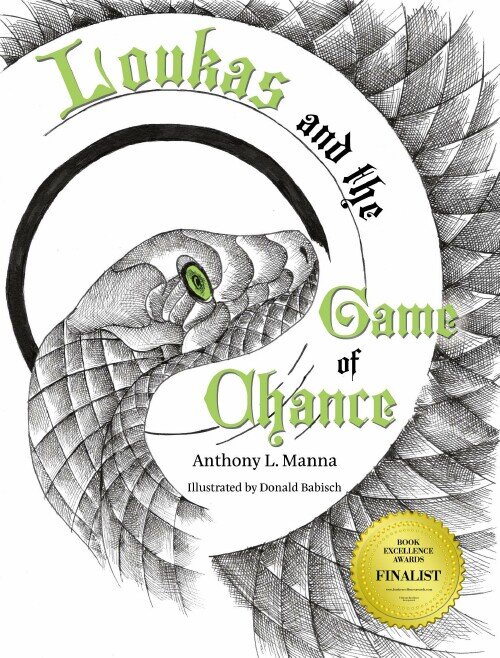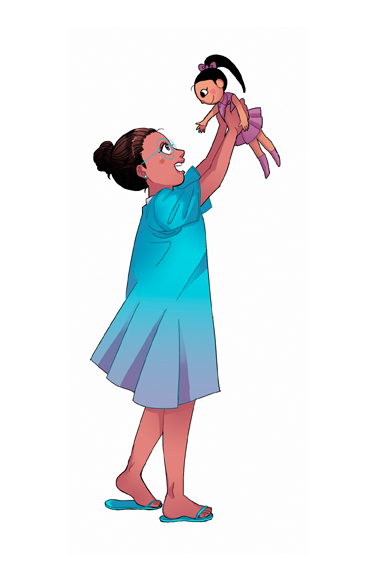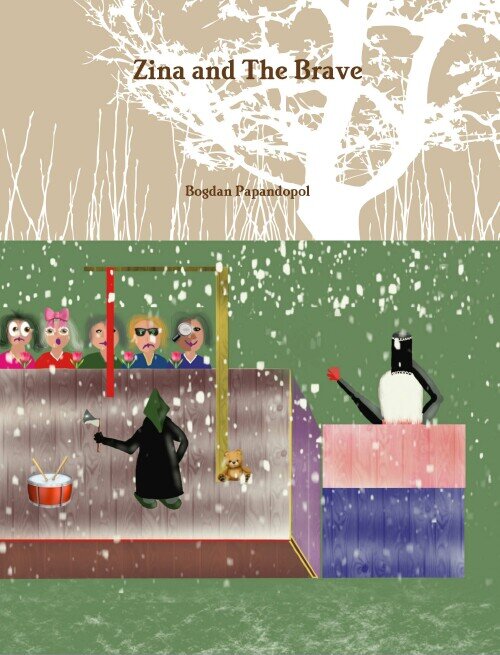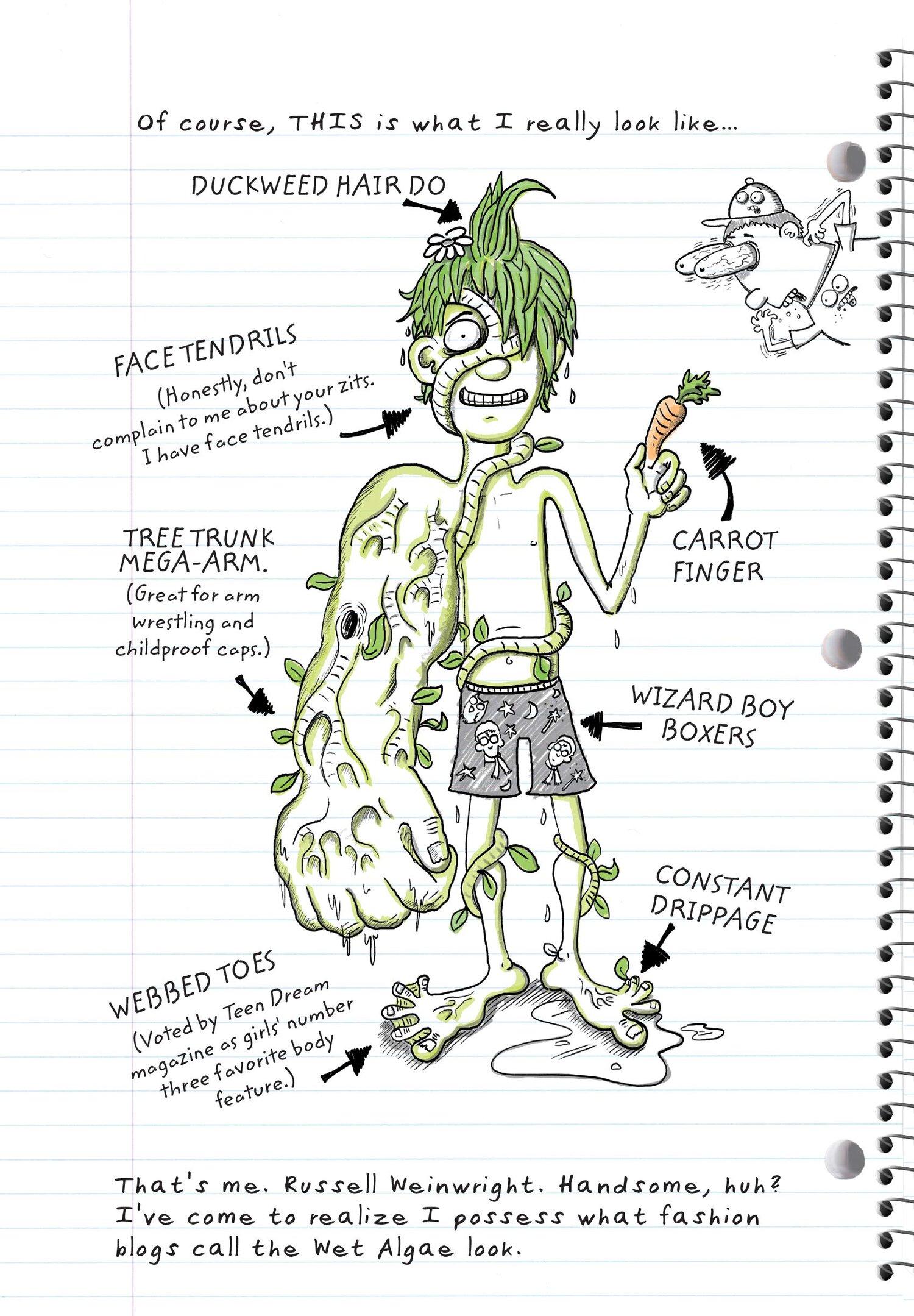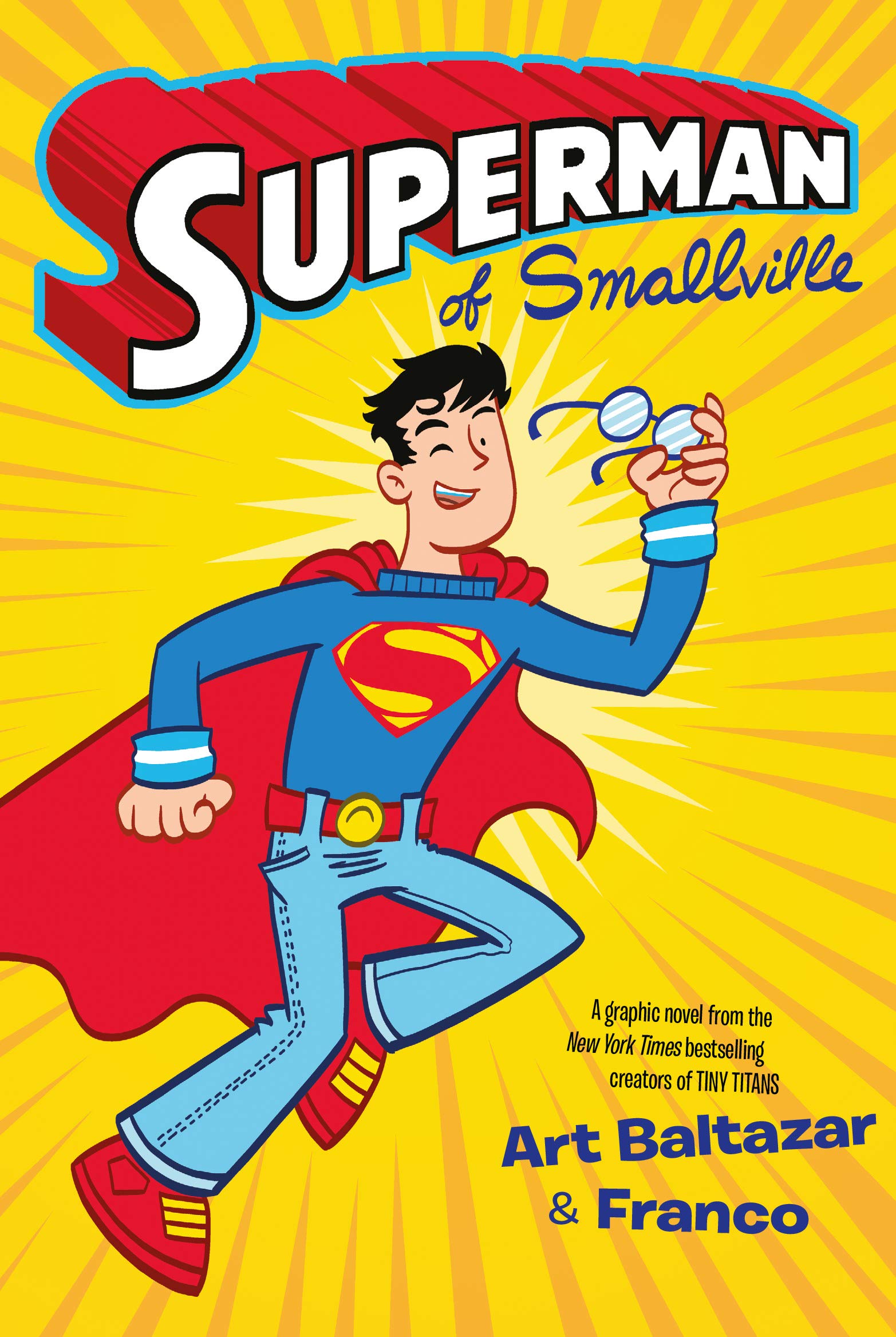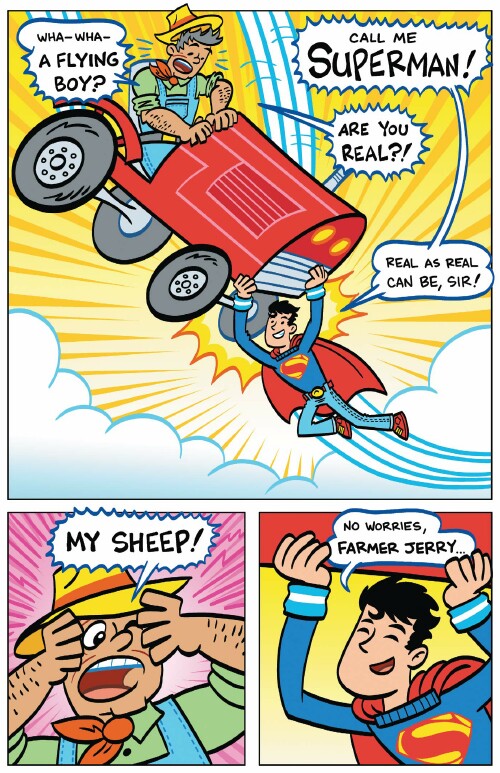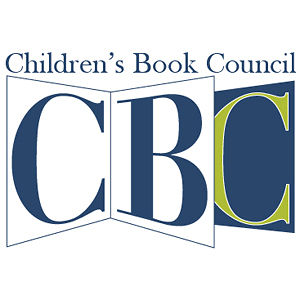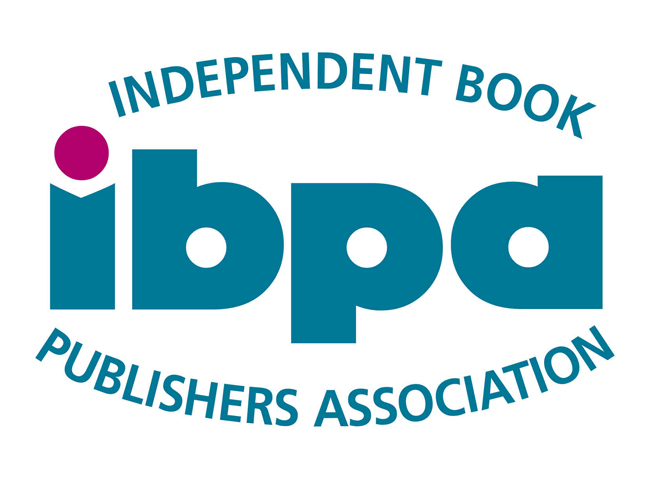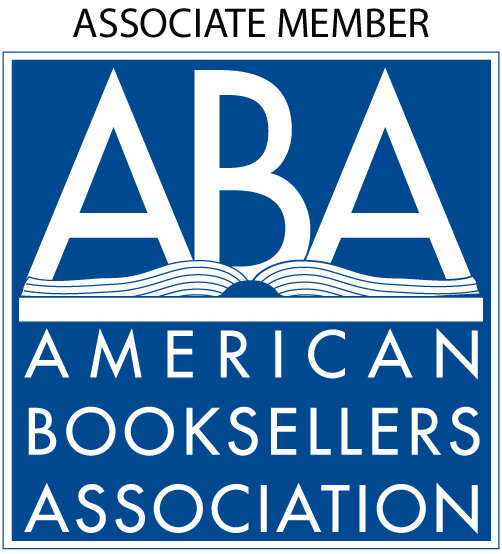America is home to over 10,234 state parks and 59 national parks. While there are many to visit, I recommend starting with the parks in your home state, then try to visit as many others as you can, including our national parks. While every park has an abundance of wildlife to see as well as hiking trails, boating, camping, and other outdoor activities, each also has specific things to do or see that makes them special. Here are some to consider:
The Grand Canyon National Park, AZ – Made of red rock, it certainly is a most photographic park at more than 277 river miles long, 18 miles wide and 1 mile deep. It is one of the seven wonders of the world and is the second highest national park. Most of the Grand Canyon is found here. Bison herds can be seen as you hike on the trails or ride a raft down the Colorado river.
Yosemite National Park, CA – Famous for its breathtaking waterfalls, Yosemite takes up 1,189 square miles and has one of the three largest exposed granite monoliths in the world; one is El Capitan, which rises 3,600 feet high from the valley floor. There is a train that you can ride throughout the park that exposes you to all the wonders of the nature, including the vast variety of wildlife. Stand next to the ancient giant sequoia trees or visit the Upper Yosemite Falls. At 1,430 feet, it is one of the five highest waterfalls in the world.
Yellowstone National Park, WY – While you may not see Yogi Bear or his pal, Boo-Boo, you certainly won’t be disappointed when you visit this national treasure. You can see “Old Faithful,” the most famous geyser in America. It erupts on a regular schedule, which can range from 60 to 110 minutes between eruptions. Geyer spouts can vary from 106 to 184 feet high and normally last between 1½ to 5 minutes and can contain 3,700 to 8,400 gallons of water. Another great site to see is Mammoth Hot Springs, made of a form of colored limestone.
Niagara State Park, NY – It shares its border with Canada and is America’s oldest state park with over 400 acres. The Niagara Falls are what tourists come to see, but don’t stop there. Ride the Maid of the Mist, a boat tour that starts and ends on the American side but briefly crosses into Ontario. This ride takes you right under the falls and near the Rainbow Bridge, which is 1,450 feet long and 202 feet high. Don’t forget to visit The Cave of the Winds, a natural cave behind Bridal Veil Falls. It is 130 feet high, 100 feet wide and 30 feet deep!
Moore State Park, MA – With 737 acres, there is much to do, such as canoeing, biking, hiking, motorized boating, cross-country skiing, fishing, hunting, and all sorts of fun activities and educational programs. This state park is very historical and is home to some of the nation’s first stone mill foundations and a restored sawmill. There is a labyrinth of wooded paths that prove great fun to explore.
Mammoth Cave National Park, KY – This park boasts of the longest cave system in the entire world with huge caverns and brightly colored stalactites and stalagmites. Make sure to take the Violet City Lantern Tour, where you walk through the cave with lanterns to light your way; it is three miles long and takes three hours to complete. You will also see the Star Chamber cavern, called that because there are formations in the dark ceiling that light up from the lanterns of visitors –they appear as if they’re starlights.
Everglades National Park, FL – This is one of the most primitive of the national parks and is the third-largest in the continental 48 states. The park is 2,400 square miles and offers some of the best birding experiences. Today’s high-tech population of young and old will enjoy geocaching. Geocaches are containers trackable by a GPS device and are hidden throughout the park. Families go on treasure hunts to find them. Make sure to visit Gator Park; not only can you see alligators in their natural habitat, but trainers put on gator shows!
Big Bend Ranch State Park, TX – This is as Wild West as it gets from the towering Chisos Mountain Range and much of the Chihuahuan Dessert. Take a rafting trip down the Rio Grande river through the beautiful Santa Elena Canyon with photographic limestone cliffs. You can also relax in one of the hot springs at Langford.
Custer State Park, SD – With 71,000 acres to explore, it won’t take long to spot one of their many buffalo herds. You can venture the territory on a trail ride or sit in a Safari Jeep. Try to make it up to Black Elk Peak. At 7,242 feet tall, it is the highest point east of the Rockies.
Sequoia National Park, CA – This is home to the world’s largest trees, one in particular is the General Sherman Tree at 275 feet tall and weighs over million pounds!




